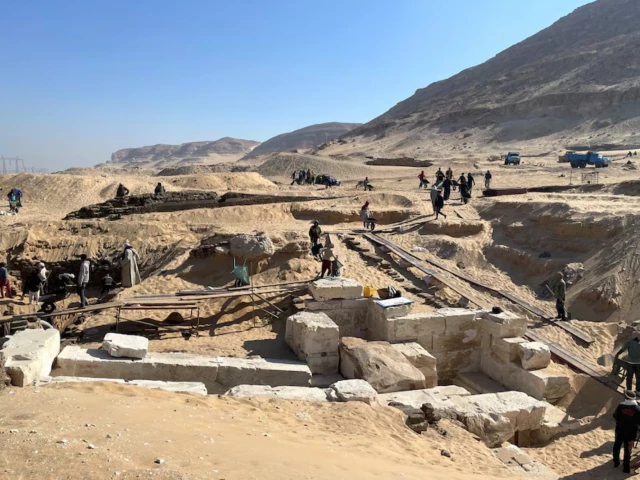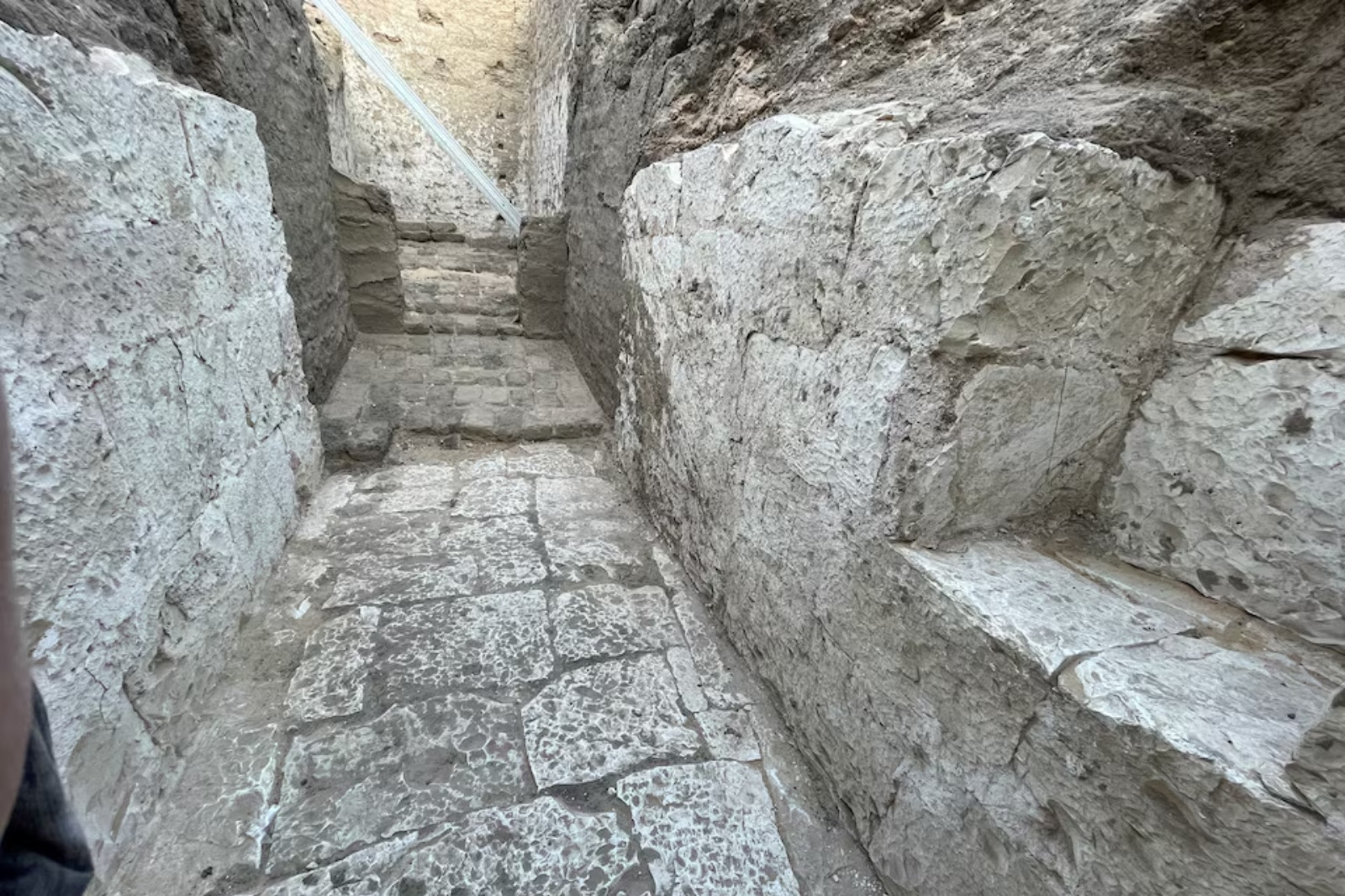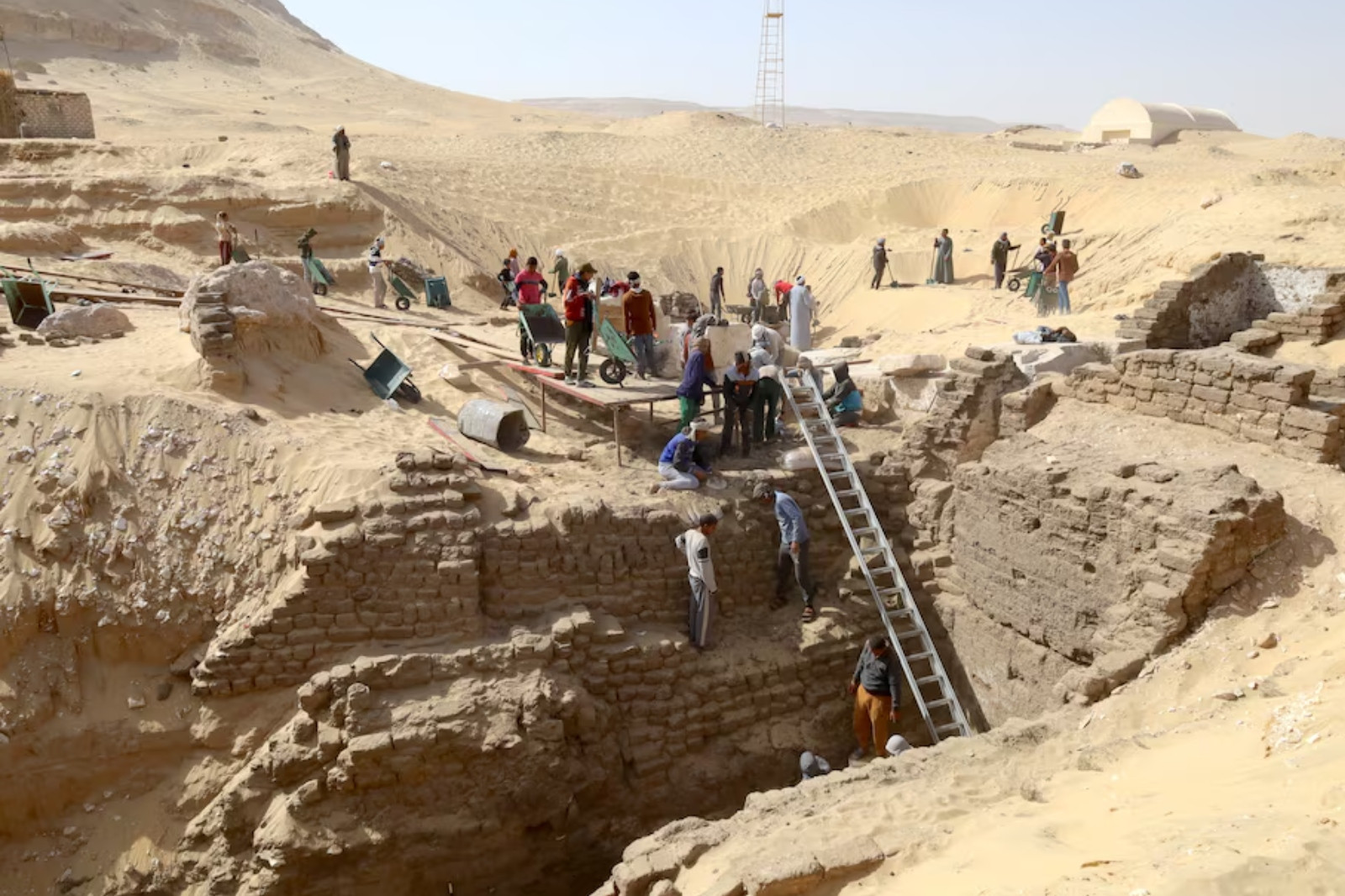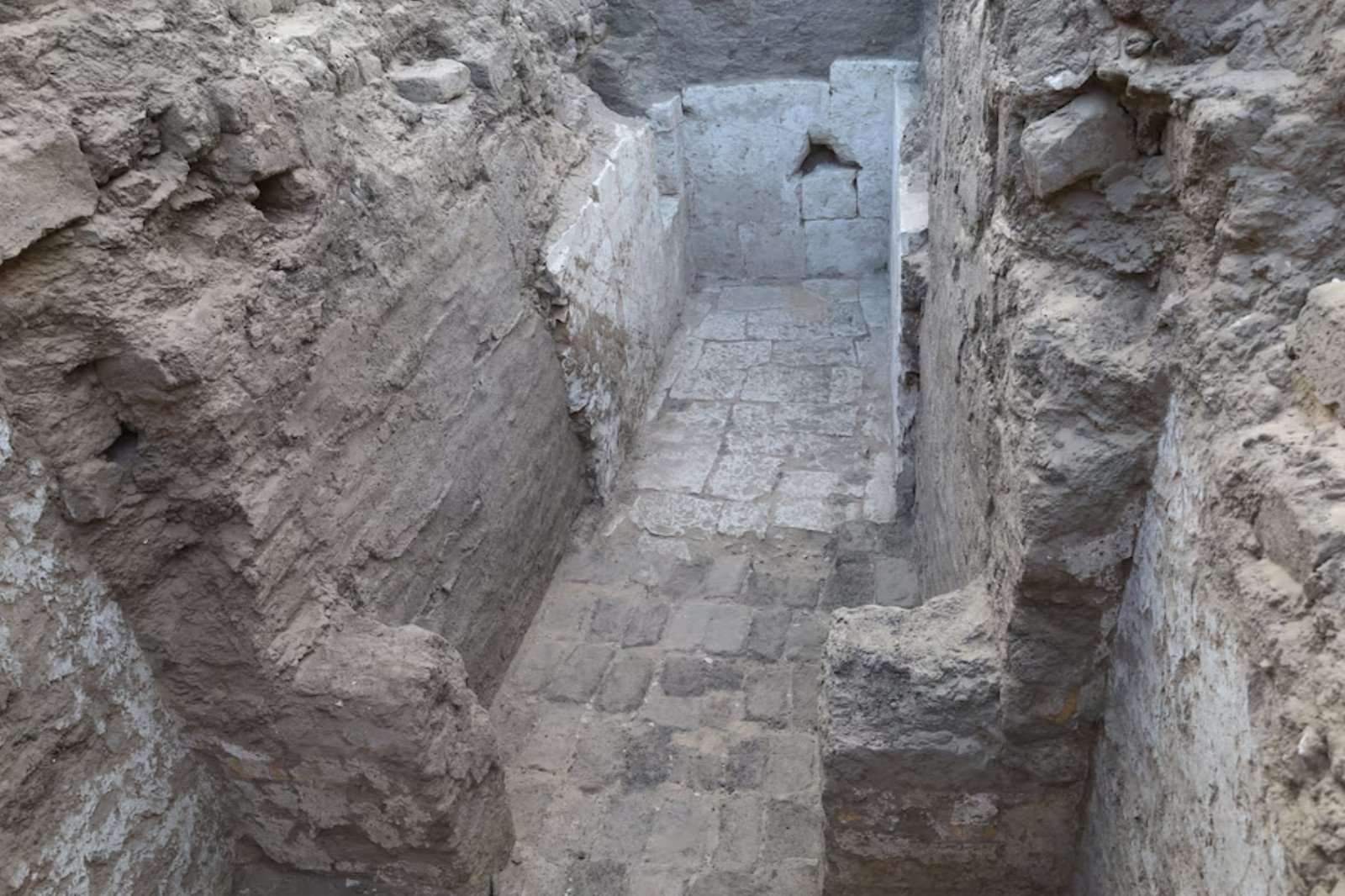Amid Giza Pyramid mystery, unidentified Pharaoh's tomb found in Egypt, dating back 3,600 years
Tomb near Abydos found 7 meters underground at Anubis Mountain, announced by University of Pennsylvania Museum.

Archaeologists have discovered a large limestone burial chamber of an unidentified ancient Egyptian pharaoh near the city of Abydos, dating back approximately 3,600 years.
The tomb was found seven meters underground at the Anubis Mountain necropolis and was announced by the University of Pennsylvania Museum and Egyptian archaeologists. This marks the second significant royal tomb discovery of the year.
The burial chamber, which was looted long ago, was located in Abydos, an important city in ancient Egypt about 10 km from the Nile River. According to Professor Josef Wegner, one of the leaders of the excavation, "His name was in the inscriptions but does not survive the depredations of ancient tomb robbers."

The limestone tomb chamber, dating to about 3,600 years ago, of an unknown ancient Egyptian king, discovered during excavations by Penn Museum and Egyptian archeologists, is seen in Abydos, Egypt, in this undated handout image released on March 27, 2025. Photo: Reuters
The inscriptions had originally recorded the pharaoh’s name alongside painted scenes of the goddesses Isis and Nephthys, but the name has since been lost. Some possible candidates for the king include Senaiib and Paentjeni, rulers of the Abydos Dynasty, but their tombs had not been previously found.
The tomb’s architecture includes decorated entryways and a series of rooms with five-meter-high vaults made of mudbrick. It dates back to the Second Intermediate Period (1640–1540 BC), a time of political fragmentation in Egypt, known as a "warring states" period.
"The political history of the era is fascinating and not fully understood, a kind of 'warring states' period that ultimately gave birth to Egypt's New Kingdom," said Wegner, who is also the curator of the Penn Museum’s Egyptian section.
Wegner also explained the significance of the discovery: "It seems to be the largest and earliest of the Abydos Dynasty group. There may be others in this same area next to the tomb of Neferhotep I."
The tomb was found within the complex of Neferhotep I, a powerful pharaoh, and it shares architectural features with both Middle Kingdom and Second Intermediate Period royal tombs.
"We were comfortable doing multi-cast films because, for us, it was about bringing all our fans together to make the film a hit. We spent 100-200 days working together and eventually became friends," Wegner noted.

Field work takes place near the site where the tomb chamber, dating to about 3,600 years ago, of an unknown ancient Egyptian king was discovered during excavations by Penn Museum and Egyptian archeologists in Abydos, Egypt, in this undated handout image released on March 27, 2025. Photo: Reuters
The excavations have uncovered a wealth of information about the political and technological shifts of the time. The Abydos Dynasty, which ruled Upper Egypt during the Second Intermediate Period, is a critical piece of this fragmented era.
"Egypt was fragmented with as many as four rival kingdoms, including the Hyksos of the Nile Delta," Wegner explained. "The Abydos Dynasty was one of these. How it broke apart and then was reunified includes important questions of social, political and technological change."

Photo: Reuters
In addition to the discovery of this tomb, Wegner’s team had previously unearthed the tomb of another Abydos Dynasty ruler, Seneb-Kay, in 2014. "The new king's tomb is likely a predecessor of Seneb-Kay. There are others in the area. Work in royal cemeteries is slow and painstaking, so it takes a while for results," he said.
The excavations are ongoing, and further discoveries are anticipated in the area. This discovery follows the recent identification of a tomb near Luxor by Egypt’s Ministry of Tourism and Antiquities, believed to be that of New Kingdom pharaoh Thutmose II.




















COMMENTS
Comments are moderated and generally will be posted if they are on-topic and not abusive.
For more information, please see our Comments FAQ